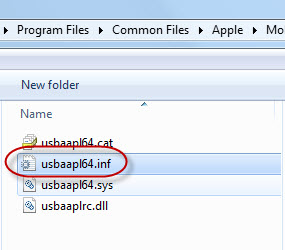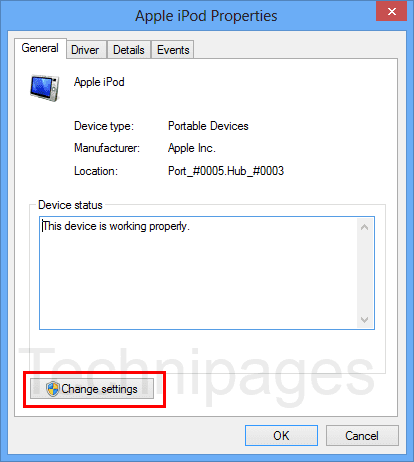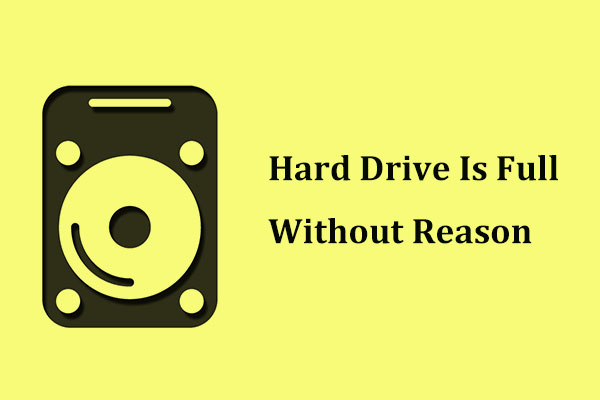

- #Driver for apple ipod mass storage device windows 10 how to
- #Driver for apple ipod mass storage device windows 10 portable
With Application Control, Device IDs could be used. Application Control is a very powerful engine that controls blocking or allowing reads, writes, or execute commands on a device, including controlling what applications may be used.įor example: Creating a policy using Application Control to block any program that is running off a USB drive from changing the registry or modifying files on the host computer. Application ControlĪpplication Control feature assists in performing more granular blocking of devices.
#Driver for apple ipod mass storage device windows 10 portable
Note: Devices such as Androids, iPhones, and other types of portable devices cannot be charged when blocked by Device ID with Device Control. Conversely, if a device is excluded on a particular node, then all the devices above that node will also be excluded.

If a device is blocked at one node then all devices below that node (all children) will be blocked also. Device Control can use both Class IDs and Device IDs.ĭevice Control can also block devices at any node in the tree. Device Control can ensure that the device specified cannot be used in the SEP client system at all. When a device has been disabled this way, it will be seen as disabled in the Windows Device manager. Device Control gives the ability to completely disable a device. SEP has the ability to block devices using either Application Control or Device Control. The Device Viewer also gives the ability to view devices by type or by connection. It would assist in copying the IDs to the Clipboard and then paste them into the SEPM. The Device Viewer can be used to get either the Class ID or the Device ID of a particular device.
On the SEP CD or DVD, under the Tools\NoSupport folder look for Device Viewer (DevViewer). Hardware Devicesīoth the Class IDs and the Device IDs can be added to the SEPM under Policy Components > Hardware Devices section. It is recommended to use Device IDs over Class IDs in most cases. USBSTOR\DISK&VEN_SANDISK&PROD_CRUZER_MICRO*.Here are examples of using wildcards: Any USB storage device Question mark - means a single character of any value.Asterisk - means zero or more of any character.Hitachi IDE hard drive - IDE\DISKHTS541060G9SA00_MB3IC60H\4&14AA9DA8&0&0.0.0įor Device IDs wildcards are supported: * and ?.SanDisk Micro Cruzer - USBSTOR\DISK&VEN_SANDISK&PROD_CRUZER_MICRO&REV_2033\0002071406&0.Here are two common formats for Device IDs: Device IDs are generally in a more readable format. A Device ID can be more effective for blocking or allowing devices because it is made by concatenating a list of data about the particular device. Device IDĪ Device ID (also known as a Device Instance ID in Windows) is a specific ID that is given to each device.

In SEP, wildcards are not supported on Class IDs.įor a list of Class IDs, click here. Class IDĪ Class ID is a generic category of devices that are designated by the Windows operating system.
#Driver for apple ipod mass storage device windows 10 how to
This article discusses these two IDs and how to use them in SEP. There are advantages and disadvantages of using either method and there is a different functionality for each method. There are two ways that devices can be identified in SEP:


 0 kommentar(er)
0 kommentar(er)
